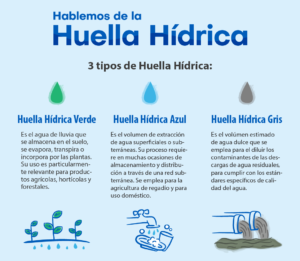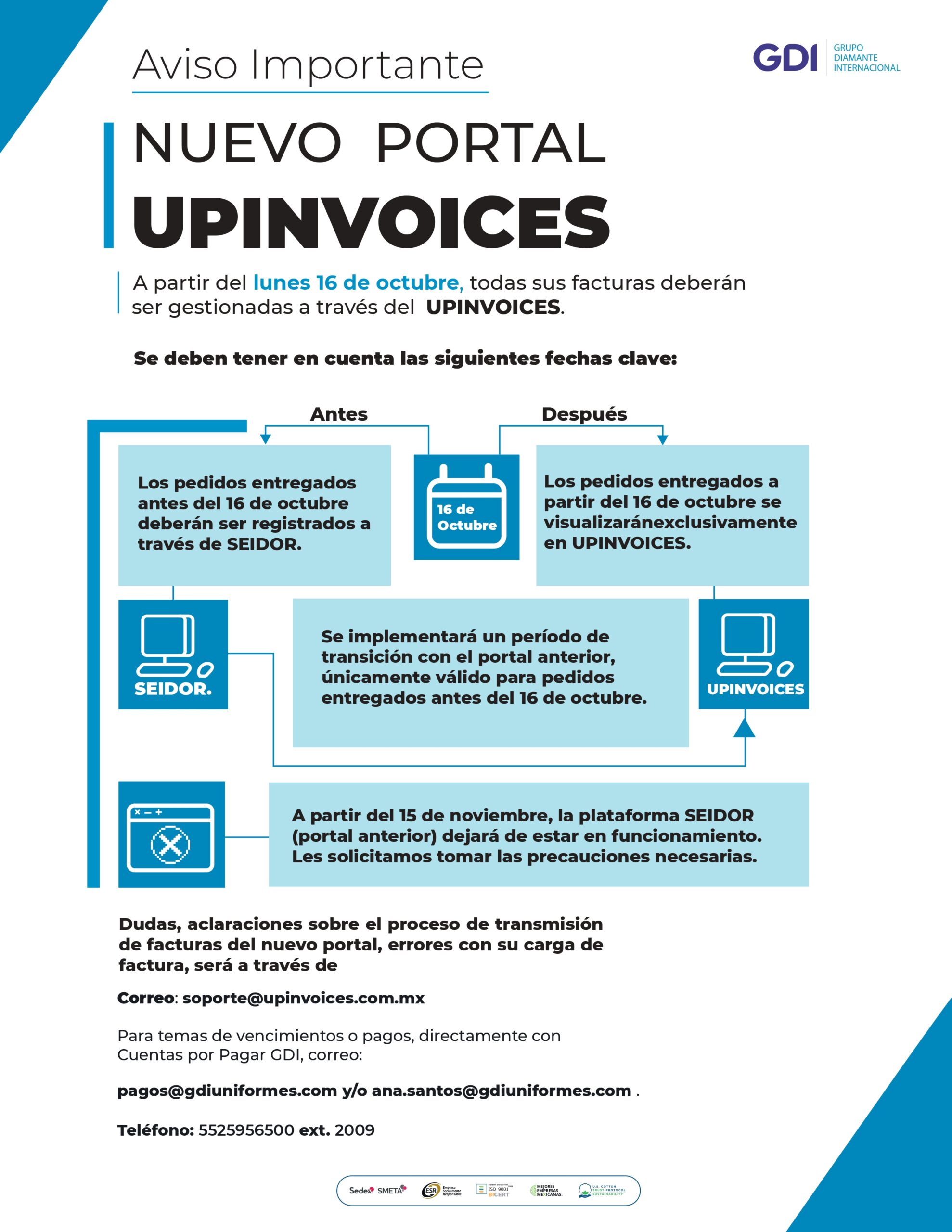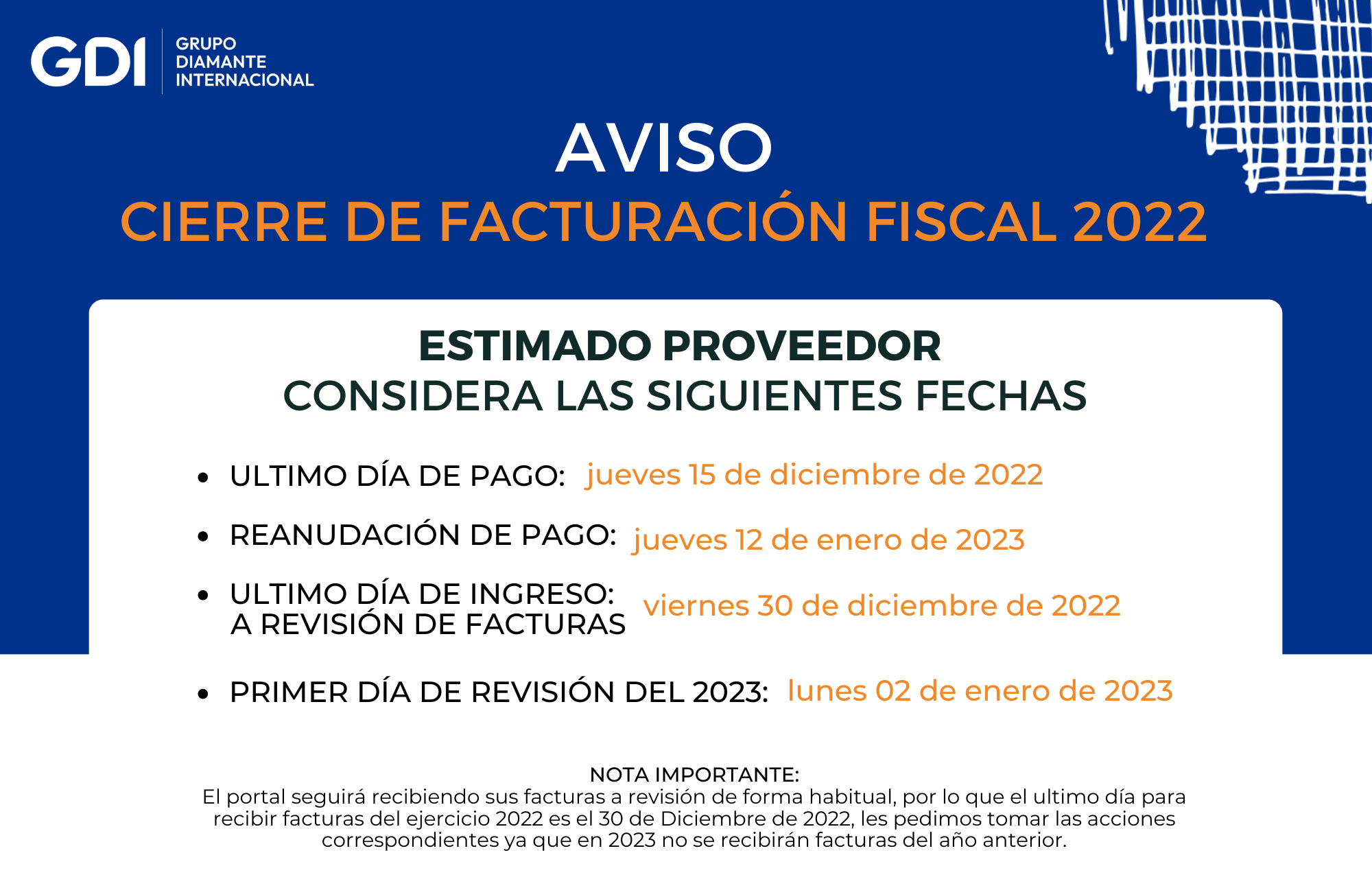Water is one of the natural resources most present in the production and consumption of our daily goods and services, but do we know how much of it we use in each process?
The water footprint is an environmental indicator that defines the total volume of freshwater used to produce the goods and services we typically consume. It is a necessary variable that tells us how much water it costs us to produce a product. The water footprint is measured in units of volume (litres or cubic metres) per unit of product manufactured or service consumed.
TYPES OF WATER FOOTPRINT
The water footprint is composed of three elements depending on where the water comes from:
- Green water footprintis the water from precipitation (rain and snow) that is stored in the soil, in the root zone, and evaporates, transpires or is incorporated by plants. It is particularly relevant for agricultural, horticultural and forestry products. agricultural, horticultural and forestry products.
- Blue water footprintis the water that comes from groundwater or surface water resources and that either evaporates during the production of a good, or is incorporated into it, or is discharged into the sea. The irrigated agriculture, industry and domestic water use can have a water footprint. of water can have a blue water footprint.
- Grey water footprintgrey water footprint: serves as an indicator of the level of freshwater pollution water pollution resulting from the entire production and marketing process of a product. The grey water footprint is the value resulting from calculating the amount of water needed to dilute the polluting substances. water needed to dilute the pollutants until the water is sufficiently clean until the water is clean enough to pass the quality controls required by law.

HOW THE WATER FOOTPRINT IS MEASURED
A country's water footprint is determined by four factors:
- Total volume of consumptionThere is, of course, a correlation between a country's Gross Domestic Product (GDP) and its water footprint. The higher the GDP, the larger the water footprint.
- Consumption patterns: A country's consumption habits determine its water footprint, especially the consumption of products that require a high amount of water for their production.
- ClimateIn countries with a high temperature and therefore higher evaporative demand, crops require a higher volume of water.
- Agricultural practicesCountries with low agricultural yields due to inefficiency have high water footprints.
The Water Footprint makes us aware of the water consumption we need in all our activities. It helps us to benchmark our water use and above all to assess where we can improve as an organisation, it helps us as a starting point for establishing efficient water management and setting targets.
As an organisation GDI is looking for ways to encourage recyclingrecycling, reuse and environmentally friendly consumption within the facilities, as in this way we can reduce our water footprint.
We are looking to digitise various materials to reduce the use of paper, we are implementing the use of technology to help us reduce waste and minimise certain types of pollution. We will gradually implement various activities to implement an environmental quality system.






